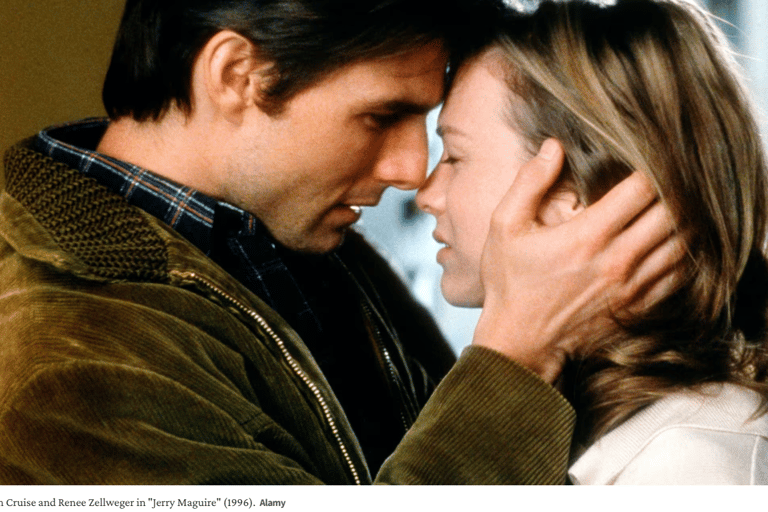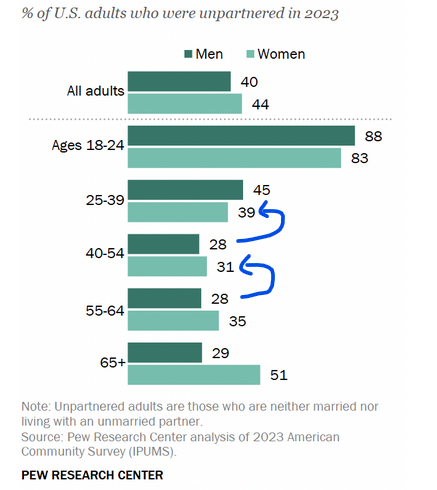Finding Real Connection in the Modern Dating World
Why some singles don't want to date and why daters may need a reality check to debunk the myth of infinite choices.
FINDING LOVE
Fernanda
4/2/20255 min read


I'm learning a lot about the world of dating and singles in 2025 thanks to hosting my first singles event last Friday. After talking with many attendees and especially asking men why they often avoid these events, I've uncovered some interesting perspectives that I think we need to address.
What Men Are Telling Me
When I ask guys why they're hesitant about singles events or dating in general, their responses are pretty consistent. Many have had discouraging experiences where:
The conventionally attractive men get all the attention and phone numbers
Average-looking guys or shorter men feel completely overlooked
Women come armed with extensive checklists, seemingly looking for reasons to dismiss potential matches
It makes me wonder: how would women feel if men approached dating with the same rigid elimination criteria?
Dating Apps vs. In-Person Events
I firmly believe that in-person events are a far better vehicle for meeting potential partners than dating apps. Sure, some people do find love online—I know a few success stories—but they seem to be the exception rather than the rule. They essentially won the dating app lottery!
Most people I talk to describe their dating app experiences as frustrating and disappointing. The pattern is clear: those who have positive interactions on these platforms tend to be the conventionally attractive ones. But what about everyone else? Most of us are just normal-looking folks, not supermodels or Hollywood heartthrobs.
The Expectation Gap
There's a serious misalignment in expectations happening in the dating world. Many daters believe they deserve someone more attractive than themselves, or they have an inflated sense of where they rank on the attractiveness scale.


Look, we'd all love for every plain Jane to end up with someone who looks like Brad Pitt, but that only happens in romantic comedies—and we know those aren't real. The real world is full of wonderful potential partners who might not match the image you've built up in your head.
I truly believe attraction can grow over time as you get to know someone. Yes, there needs to be some baseline spark, but it can absolutely develop further as you connect on deeper levels.
Men certainly have their visual preferences too, but in my experience, average-looking guys are generally more open-minded about dating average-looking women because they recognize the value beyond physical appearance.
The Myth of Infinite Choices
The illusion of having unlimited dating options is just that—an illusion. Let's look at some hard numbers that reveal the reality of the dating market:
The Dating Demographics Reality Check
The gender ratio among singles varies dramatically by age group, creating what some sociologists call a "marriage squeeze" at different life stages:
Early 20s: There's actually a surplus of single men. Census data shows roughly 115 single men for every 100 single women in the 20-24 age range.
Late 20s to mid-30s: The numbers start to equalize, approaching a 1:1 ratio around age 30.
Late 30s to 40s: The imbalance begins to reverse. By age 40, there are approximately 88 single men for every 100 single women.
50s and beyond: The gap widens significantly. By age 65, the ratio drops to about 70 eligible men per 100 women, largely due to differences in life expectancy.
What does this mean practically? If you're a woman in your late 30s or 40s hoping to date men your age or older, you're competing in a market with fewer available men than women. Similarly, if you're a young man in your early 20s, you're facing more competition for women in your age group.
Geographic Realities
This national data gets even more complicated when you break it down by geography:
Large coastal cities often have more single women than men (with exceptions like San Francisco and Seattle, which skew male due to tech industry demographics)
Rural areas and some industrial cities tend to have more single men than women
College towns often have gender imbalances reflecting enrollment patterns
I met a client last year—let's call her Melissa—who was frustrated with dating in Boston. At 42, she complained about the lack of quality men. When we looked at the numbers for her age group in her city, she was shocked to discover there were roughly 80 single men for every 100 single women in her demographic. Factor in her preferences for education level, height, and income, and her actual dating pool was perhaps 25% of what she imagined.
The Filter Effect
The situation becomes even more stark when you apply common preferences:
When women prefer men who are taller (the average American man is 5'9"), older, and more educated/higher earning than themselves, they're filtering an already limited pool.
When men prioritize youth and physical attractiveness above other qualities, they're competing intensely for a small subset of the available women.
A study from one dating app showed that women found 80% of men on the platform to be below average in attractiveness, while men rated women on a more standard bell curve. These perception biases further constrain our actual choices.
Embracing Reality
Think about our ancestors just a few generations ago. In a small town of 2,000 people, a single person might have had 40-50 potential matches in their entire community, accounting for age and marital status. Yet most still found partners and built fulfilling relationships.
The paradox is that having seemingly unlimited options makes us less satisfied with any single choice. We're constantly wondering if someone better might be one more swipe away.
I challenge you to consider your actual dating pool realistically. Factor in:
Age demographics in your area
Your social circles and how many new people you actually meet
The time you realistically have to date
How your preferences further narrow your options
When you recognize that your choices aren't infinite—they're actually quite limited—you might approach dating with more openness and appreciation for the potential matches you do encounter.
What would happen if, instead of dismissing someone for not meeting every item on your checklist, you gave them a chance to show you who they are? You might just find that connection you've been searching for was right in front of you all along.
Sometimes having fewer options forces us to look deeper and appreciate what's right in front of us, rather than constantly wondering if something better might come along with the next swipe.
What do you think? Have you found yourself eliminating potential matches based on superficial criteria? I'd love to hear your experiences in the comments below.


Men tend to date women in younger age brackets, whereas women tend to date same age or older.
Connecting individuals through meaningful relationships and valuable resources.
connect
Newsletter
Subscribe to our newsletter for valuable insights and helpful content.
© 2025. Filled Cups. All Rights Reserved.
Collaborate
INSPIRATION
